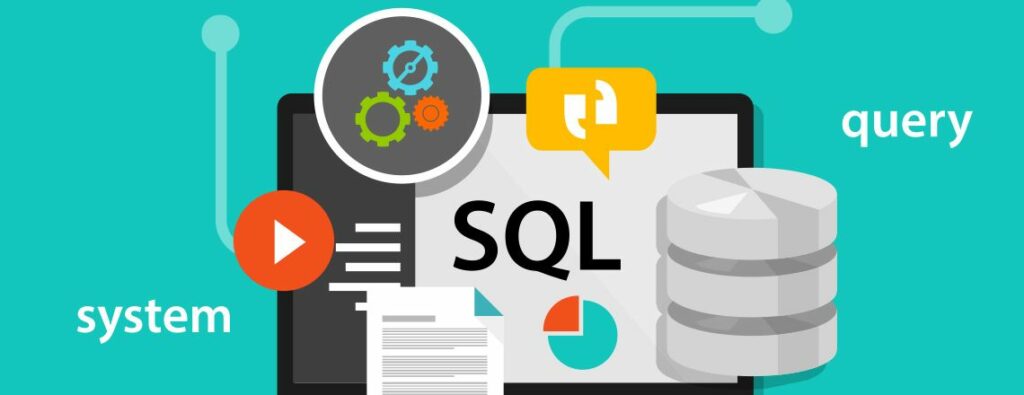
Free eBooks for Beginners
SQL, or Structured Query Language, is a programming language used to manage relational databases. It is an essential tool for data analysts who need to access and manipulate large amounts of data in order to draw insights and make decisions. One of the key SQL operations is the ability to modify existing tables in a database, which is achieved through the use of the ALTER TABLE statement.
The ALTER TABLE statement allows you to make changes to the structure of a table, including adding new columns, modifying existing columns, or deleting columns. This statement is especially useful for data analysts who may need to update a database as new data becomes available, or as the needs of their analysis change.
Adding New Columns to a Table
To add a new column to an existing table, you can use the ALTER TABLE statement followed by the ADD COLUMN clause. For example, if you have a table named “customers” and you want to add a new column for customer’s email addresses, you would use the following syntax:
ALTER TABLE customers ADD COLUMN email varchar(255);In this example, the “email” column is being added to the “customers” table with a data type of varchar(255), which means it will store up to 255 characters.
Modifying Existing Columns
To modify an existing column in a table, you can use the ALTER TABLE statement followed by the MODIFY COLUMN clause. For example, if you want to change the data type of an existing column in the “customers” table, you would use the following syntax:
ALTER TABLE customers MODIFY COLUMN email varchar(100);In this example, the “email” column in the “customers” table is being modified to store up to 100 characters, instead of the previous 255 characters.
Deleting Columns
To delete a column from a table, you can use the ALTER TABLE statement followed by the DROP COLUMN clause. For example, if you want to delete the “email” column from the “customers” table, you would use the following syntax:
ALTER TABLE customers DROP COLUMN email;It is important to note that deleting a column from a table is a permanent operation and cannot be undone. Therefore, it is always a good idea to backup your data before making any changes to your database structure.
Conclusion
In conclusion, the ALTER TABLE statement in SQL is a powerful tool for data analysts who need to modify the structure of a database. Whether you’re adding new columns, modifying existing columns, or deleting columns, the ALTER TABLE statement provides the flexibility to make these changes quickly and easily. With a solid understanding of the ALTER TABLE statement, data analysts can take their skills to the next level and manage their databases with confidence.
SQL for Beginners and Data Analyst – Chapter 25: ALTER TABLE
 Loading...
Loading...
Disclaimer: The information and code presented within this recipe/tutorial is only for educational and coaching purposes for beginners and developers. Anyone can practice and apply the recipe/tutorial presented here, but the reader is taking full responsibility for his/her actions. The author (content curator) of this recipe (code / program) has made every effort to ensure the accuracy of the information was correct at time of publication. The author (content curator) does not assume and hereby disclaims any liability to any party for any loss, damage, or disruption caused by errors or omissions, whether such errors or omissions result from accident, negligence, or any other cause. The information presented here could also be found in public knowledge domains.